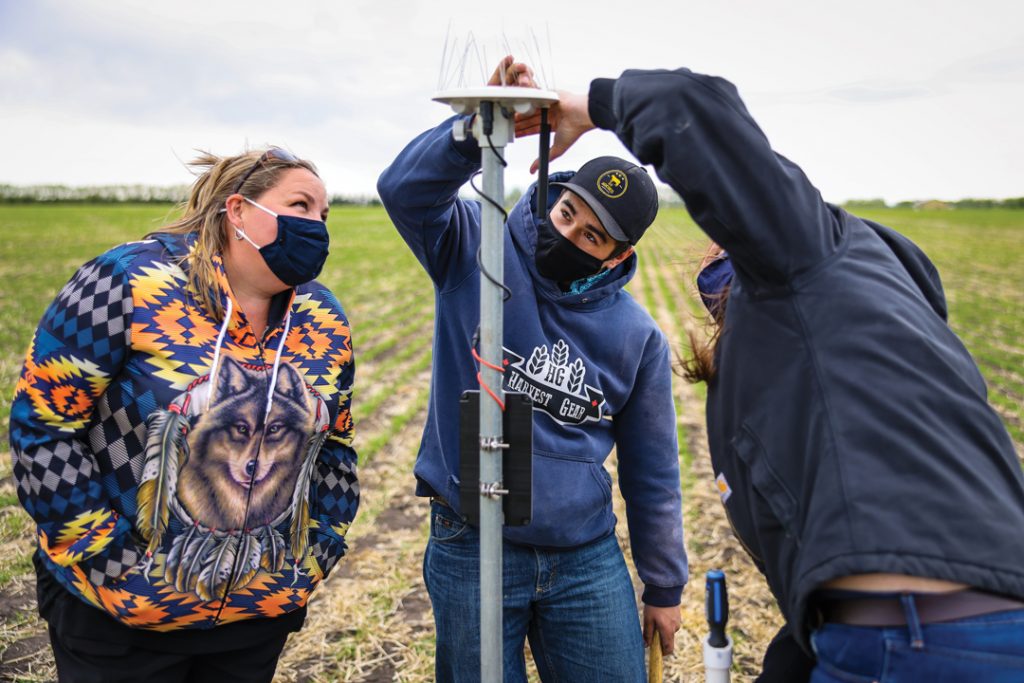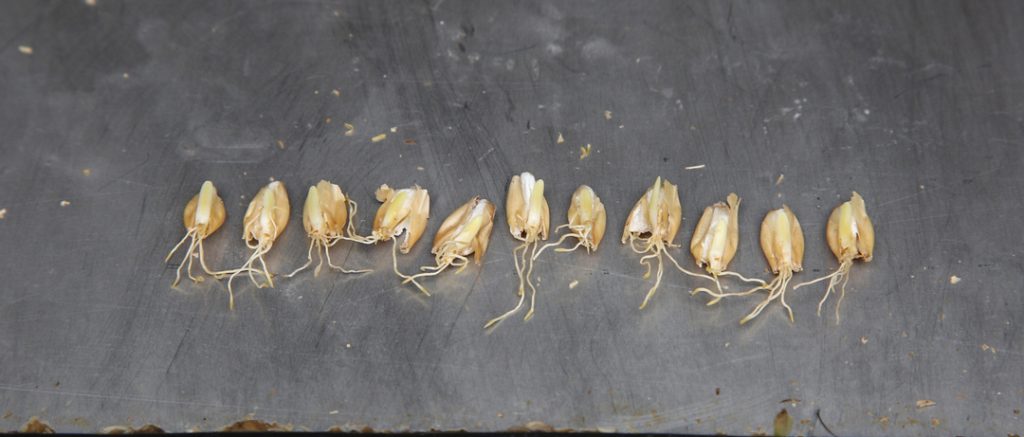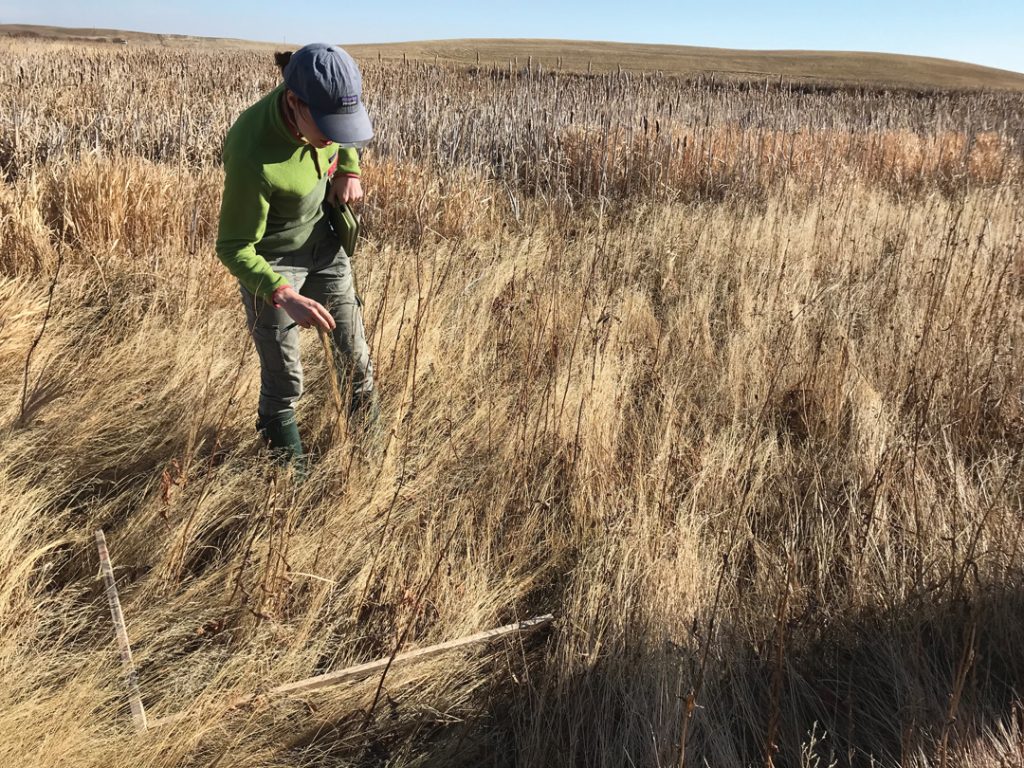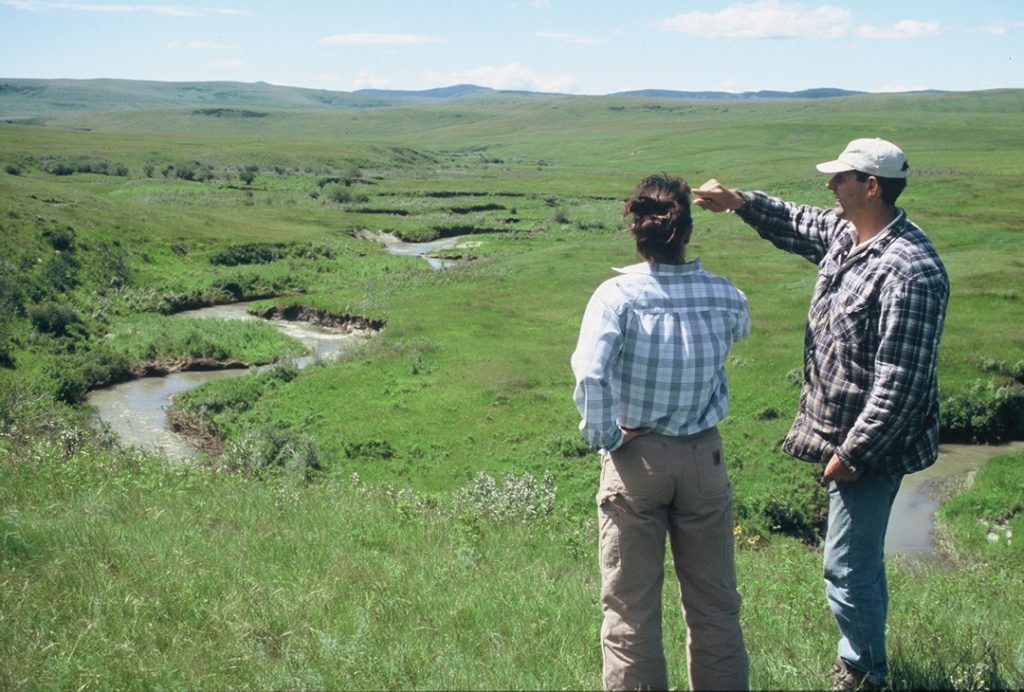REMOTE POSSIBILITIES
Raised on a farm in Peace Country, Vincent Pawluski has always loved to tinker. As a kid, he hot-rodded a Fischer Price boat with a small motor and propellor. Later, as part of an elementary school science fair project, he and his friends created a remote-controlled drill stem like those used in the oil and gas industry.












